
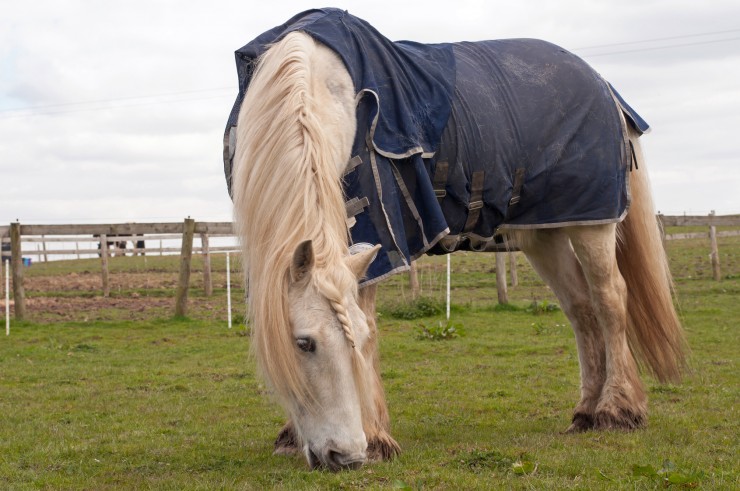
These days, horses commonly have a lot of rugs in their wardrobes. There are rugs for when the weather is super cold, rugs with high necks, low necks, summer sheets, fly sheets, indoor fleeces, outdoor rugs as well as show sheets and a lot more to boot. It would be fair to say that horses have at least 4 to 6 rugs which their owners use on them at different times of the year whether they are turned out or standing in. It begs the question of whether horses get as much Vitamin D which they need to stay healthy?
Vitamin D is vital to a horse's well being. They need it to maintain strong bones and sunlight plays a key role in how they synthesize this essential vitamin. It also helps promote the way calcium and phosphorus as absorbed as they pass through their intestines as well as how calcium is used when needed. Recent studies carried out in New Zealand attempted to find out whether or not rugged horses did in fact get enough Vitamin D or if being rugged meant they were deficient.
Good levels of Vitamin D can be found in top quality forage, which means as long as they are turned out regularly and fed high quality hay, they should be getting enough of the vitamin. However, older hay does not contain as much as the vitamin dissipates over time. The research established that more research is needed to find out just how a horse synthesises vitamin D through their skin. In people, the process happens through the skin but this is affected by many things including environmental factors together with the amount of time spent in sunlight.
The studies suggest that horses do not synthesise Vitamin D through their skin and the result was that even when rugged up, a horse would probably not show a deficiency. However, researchers established that horses need good levels of the vitamin in their diets to ensure they get enough. It's also important for horses to be turned out onto well maintained pasture which should contain high levels of the vitamin D too.
Where people just need to be exposed to sunlight for anything from 30 to 90 minutes a day to get enough Vitamin D, horses on the other hand have a much harder time absorbing it through their skin because their coats form a natural barrier. Add to this the fact that many of them wear rugs on a regularly basis when they are turned out and it means they would need to be exposed to sunlight for a good 5 to 8 hours a day and they may still not get enough.
The oils in skin play a key role in converting sunshine into Vitamin D. These oils contain 7-dehydrocholesterol which is a cholesterol derivative which converts to Cholercalciferol when exposed to sunshine. This in turn converts to Vitamin D which is commonly known as D3 or 25-hydroxy-cholecalciferol.
D3 is a hormone that's naturally produced in kidneys. It’s a substance the body produces in one place before sending vital messages to somewhere else in the body making sure that everything functions correctly and to ensure blood calcium levels are maintained.
Vitamin D2 is contained in plants and it’s produced by sunlight which horses benefit from when they are out at pasture. However, the majority of vitamin supplements found on the market are made up of animal-based Vitamin D3 sourced because they boast a longer shelf life and those that are animal-based are more stable than plant-based ones. However, both of these vitamins whether grass or animal sourced provide the same function once a horse ingests them.
The horses at greater risk of suffering from a Vitamin D deficiency are those that are kept stabled for long periods of time. However there are other reasons why a horse may have less of the vitamin than they need to stay healthy which includes the following:
Vitamin D deficiency will impact a horse is several ways which includes the following:
A horse needs to have at least 6.6 IU per kg of body weight on a daily basis to remain healthy which means a horse weighing in at 500 kg would need to have 3300 IU/day.
Horses rarely suffer from Vitamin D poisoning, but when it does happen the symptoms are very similar to those of a horse not receiving enough of it. Over supplementation can cause problems, which is why it's important to discuss things with a vet before deciding to add any sort of supplement to a horse's feed. With this said, horses cannot get too much of the vitamin from being exposed to sunlight for long periods of time, in fact it's important for horses to be turned out as often as possible without their rugs on in order to really benefit from having the sun on their backs.
These days horses are frequently turned out to pasture with rugs on which led to a new study being carried out in New Zealand to see whether this prevented them from getting enough Vitamin D. Horses need this essential vitamin to maintain strong bones and although sunlight plays an important part in how the vitamin is synthesized, horses have a much harder time doing this through their skin as such the research confirmed that horses need to be fed a diet that includes good levels of vitamin D and that being rugged did not seem to play a part in whether they got enough of it.
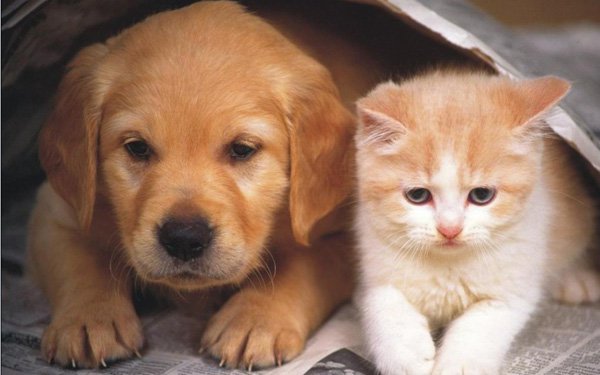 Buy Quality Equine Supplements Online
Buy Quality Equine Supplements Online
People w
Buy Quality Equine Supplements Online
Buy Quality Equine Supplements Online
People w
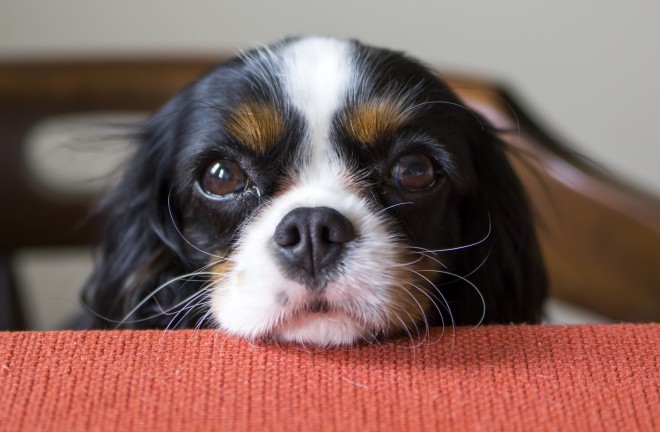 Begging At The Table - How To Manage A Begging Dog At Mealtimes
Begging At The Ta
Begging At The Table - How To Manage A Begging Dog At Mealtimes
Begging At The Ta
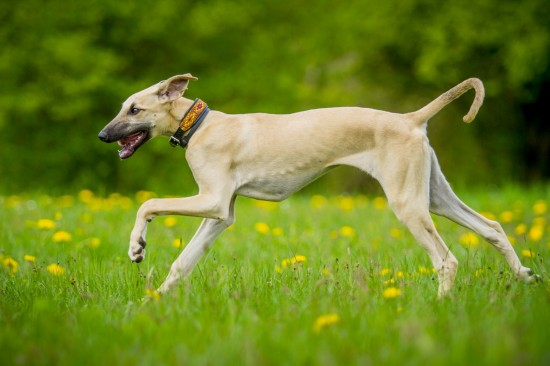 Caring For A Sloughi Dog
Caring For A Slou
Caring For A Sloughi Dog
Caring For A Slou
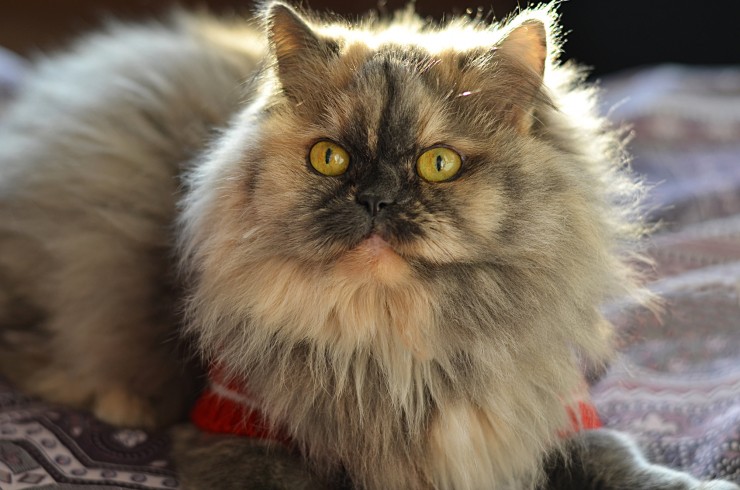 Breathing Issues In Cats
Breathing Issues
Breathing Issues In Cats
Breathing Issues
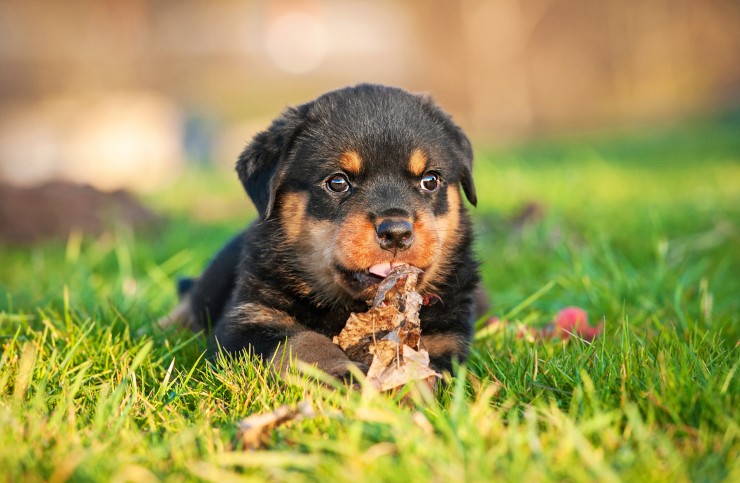 Five Universal Personality Traits Of The Rottweiler
Five Universal Pe
Five Universal Personality Traits Of The Rottweiler
Five Universal Pe
Copyright © 2005-2016 Pet Information All Rights Reserved
Contact us: www162date@outlook.com